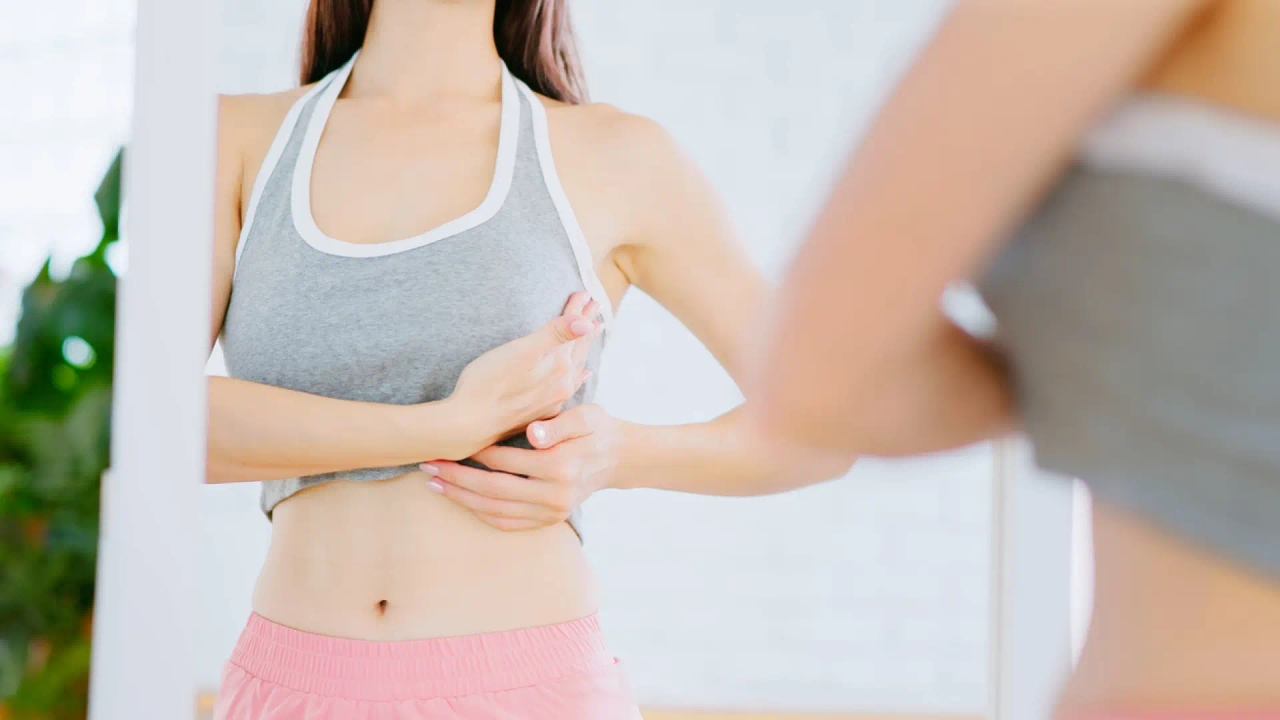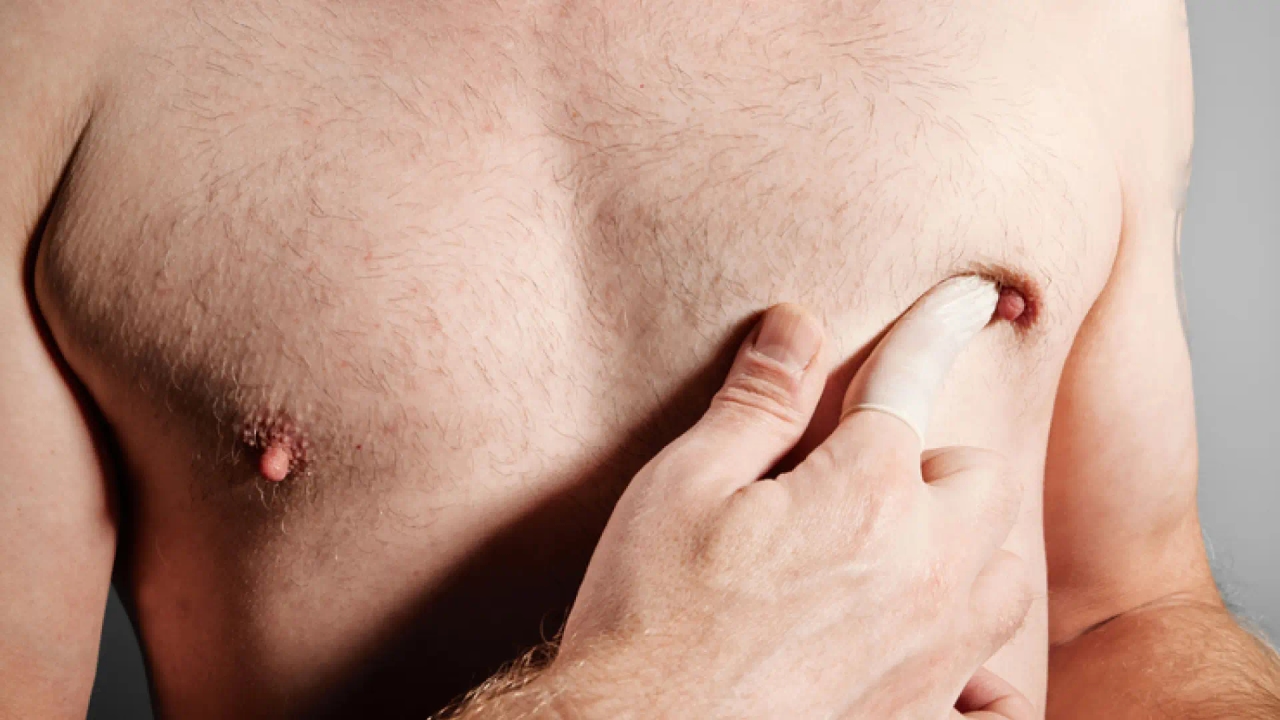International Breast Cancer Day: How to perform a self-examination correctly to prevent breast cancer?

Breast cancer is one of the most common cancers among women in Spain. Early detection is essential for prevention and successful treatment, and self-examination is an essential tool in this regard.
Breast self-examination is vital to detect any abnormalities, but it is not sufficient on its own and should be complemented by regular medical exams and mammograms if there is any suspicion or genetic trait. It is also a very prevalent and silent disease. In this phase, breast tumors generally don't cause symptoms. Therefore, the most effective prevention is early detection.
How should a breast self-exam be performed?The first step a woman should take to detect this condition is to properly palpate the breast , including the area on the sides of the chest toward the armpits. This should be done regularly to quickly detect any details that might suggest the presence of a tumor. If you experience any visible or palpable changes ( lumps, irritation, swelling, wrinkles, or pain, among others ), you should see a gynecologist immediately.
For the head of the Gynecology and Obstetrics service at the Sagrat Cor University Hospital , Miquel Àngel Jiménez, it is " a useful and essential screening method, especially if combined with mammograms, ultrasounds and annual gynecological check-ups in women over 40 years of age or in women under this age with a family history of breast cancer, a history of breast pathology or very dense breasts."
"It is advisable to combine self-examination with mammograms, ultrasounds, and gynecological checkups."How often should you perform a self-examination?
To avoid further problems, the optimal frequency for self-examination is once a month, so you can become familiar with it and understand how your breasts usually look. It's also recommended to perform it during the week after your period , as the breasts are less swollen and tender. Hormone levels also fluctuate during your cycle, causing changes in breast tissue.
For these reasons, it is suggested to establish the habit of self-examining when you are no longer menstruating and always on a day that is easy to remember (the same day of the week, for example).
Breast self-examination: step by stepTo ensure a good breast self-exam, it's essential to see a gynecologist to learn the most appropriate technique . However, the recommended steps for performing it are very simple and can be decisive in detecting this condition early and preventing its progression. To begin, stand naked from the waist up in front of a mirror, placing your arms at your sides.
The next steps are visual: " You have to carefully observe if you find dimples, wrinkles, or alterations in the size, shape, or asymmetry of the breasts," says the specialist from the Sagrat Cor University Hospital.
The self-exam continues by checking for indentation of the nipples and inspecting the breast while pressing the hands on the hips. Next, without taking your eyes off the breasts, raise your arms above your head, pressing one against the other. The self-exam concludes by lifting the breasts and inspecting the folds at the base to confirm they are symmetrical.
Other forms of breast self-examinationAlthough the usual way to perform a breast self-exam is standing, you can also do it lying down on a flat surface or in the shower. If you choose to lie down, the breast tissue is easier to feel . To do this, it's recommended to use the pads of your three middle fingers, the palm of your hand, or the backs of your fingers.
In any case, the goal of the exam is to feel different depths of the breast by applying different levels of pressure to examine all the breast tissue: the first touch should be light to caress the tissue closest to the skin; then, medium pressure should be applied to touch a little deeper; and finally, "firm pressure to palpate the tissue closest to the chest and ribs," explains the doctor.
“The last step is to apply firm pressure to palpate the tissue closest to the chest and ribs.”
Miquel Àngel Jiménez indicates that for self-examination, you should be calm, patient, and "allow enough time to do it calmly and safely." Therefore, you should always follow "the same pattern to ensure a complete examination of both breasts." If you notice a lump near your armpit, a change or bloody discharge from the nipple, pain, redness, unusual warmth, swelling, wrinkles, itching, or bumps, see your gynecologist immediately.
20minutos




